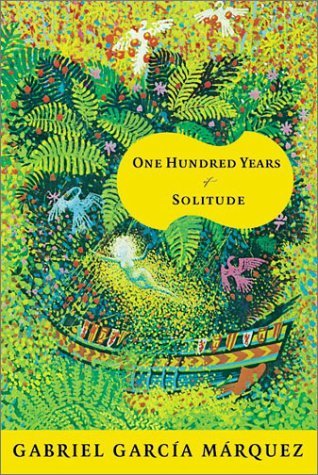
I have to admit, it was my first time hearing Jürgen Moltmann and it was sometimes difficult to understand what exactly he was saying. Apparently, he was translating from his own German notes. His paper, The Church in the Power of the Spirit, takes to task the Trinitarian implications for the church with a specific focus on the Spirit. He covers an amazing amount of topics in this paper from the churches in Germany during WWII to ecology. His paper is broken down into three parts: 1) the charismatic community; 2) the reconciliation of the cosmos; and 3) the three paradigms of the church. I'll summarize and offer some thoughts.
Without giving too much attention to the Spirit, I would say, Moltmann argues that the church is intrinsically pneumatological and in some sense leaves it at that. There is no mention of how the church is in the power of the Spirit until Moltmann gets to the section on the charismatic church, which is towards the end of his paper. He begins by noting, as many church historians will note, that the twentieth-century is marked as the time when the global church came more into focus and the "Christian nation" began to fade. He gives the example of parochial churches in Germany during WWII where if one went to a church service one is counted as a visitor and never a participant, it was a church for the people--to serve symbolic, never real liturgical needs. Against these parochial (Nazi-sponsored) churches arose the Confessing Church (Ger. Bekennende Kirche) which gave people the opportunity to become participants. As the Christian nation disappeared what took its place were the charismatic communities. (Note: charismatic should not be read as having to do with spiritual giftedness, but should be read as Moltmann would explain later as a 'non-hierarchical community of friends'.) For the sake of space, I'll leave off summarizing everything and leave it to you to listen to his wonderful paper.
Moltmann gives a nod to the Amish-Mennonite tradition when he says that in some sense their way of life can be understood as monastic (and be misunderstood as a retreat from this world as opposed to an alternative to this world). I mention this only because of the discussion Halden is having over at Inhabitatio Dei. While I understand the frustration that is had when people think it is cute what your particular tradition (read denomination) is doing but nevertheless themselves adopts your position. To have all traditions look the same would just make it so that one or the other is compromising something of their own for the sake of the other. This sounds nice, but each tradition will cease to be itself and no longer have the distinctions which make the Baptists Baptist and the Methodists Methodist. Every tradition would be the same and therefore there would be no tradition. There are certain things that I think every church should adopt, obviously; and being a peace-church is among them. I would advocate for unity through diversity as opposed to unity through compromise. As Halden writes, "The divisions are much deeper, much more real, and indeed must more theological than such sorts of ecclectic ecumenism of convenience tends to acknowledge." (Italics mine.)
That aside, we return to Moltmann. As mentioned above, Moltmann's definition of these charismatic communities is a community where everyone is accepted as she or he is, and where no one is higher or lower in the community strata and can contribute to said community. The theme of these churches is the Spirit in us, while in high-church it would be the Father above us and in Luther-inspired churches it would be Christ with us. These three paradigms make up the whole history of Christianity and Moltmann argues that we are currently in the first paradigm (of the Spirit). In regular Moltmannian fashion, we have a Trinitarian motto for the church that should be ours to follow: "God as Father above us, as Christ with us and as Spirit in us."
Unfortunately, the implicit pneumatology of Moltmann's eccleisology left much to be desired from this paper. I wondered how Veli-Matti Karkkainen, Amos Yong or Yolanda Pierce might have handled this subject. Even so, the paper highlighted the experience of emerging churches and charismatic churches everywhere where acceptance always comes before belief. The Spirit who lives in us is the one who makes the level playing-field. It is in these communities of the Spirit where we have brothers, sisters and comrades, where everyone is accepted and respected as image bearers of God, and where there is an end to race, age, sex and class.

